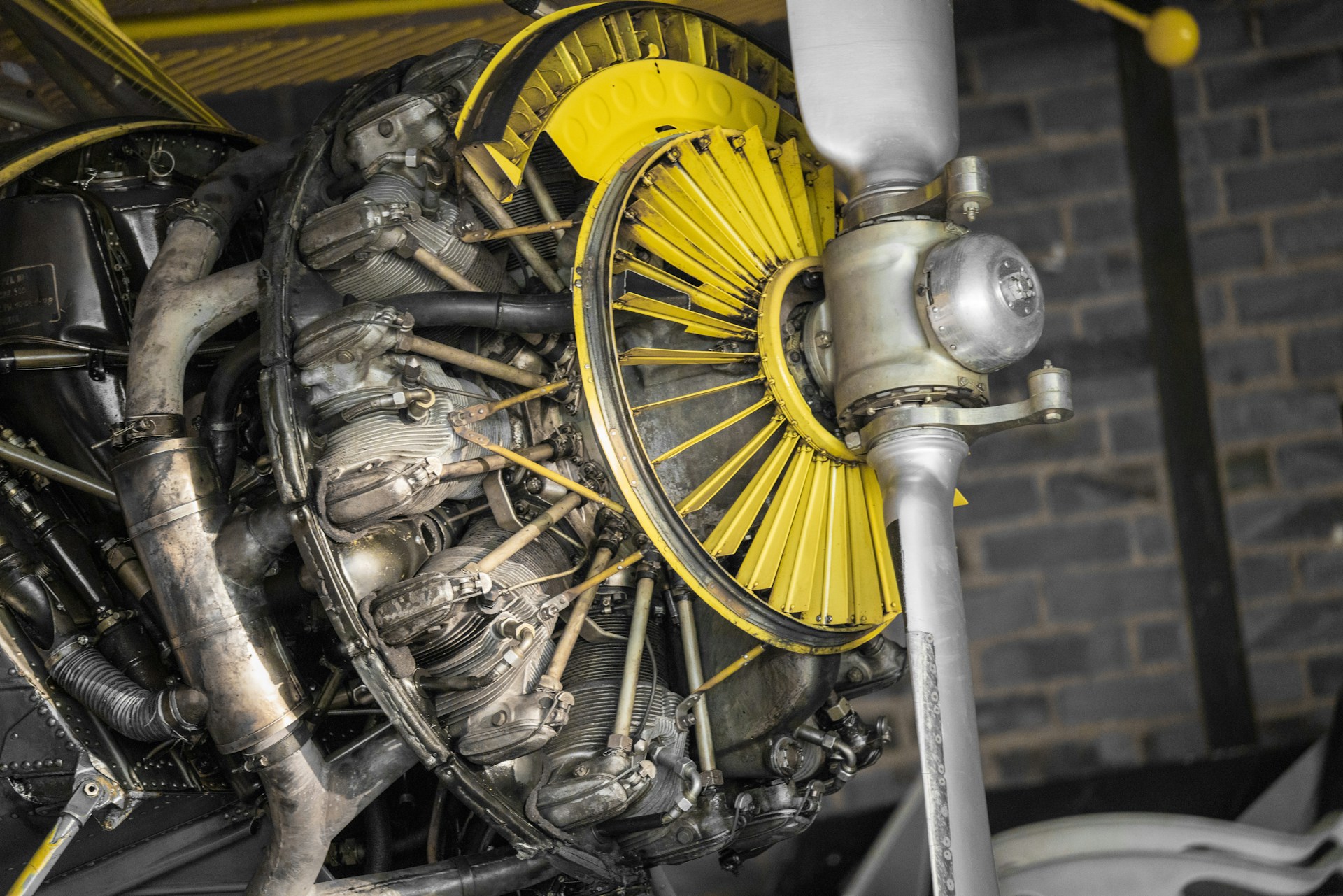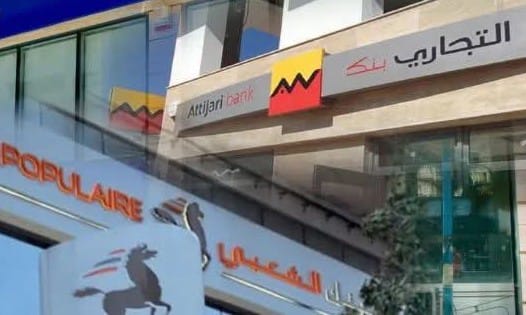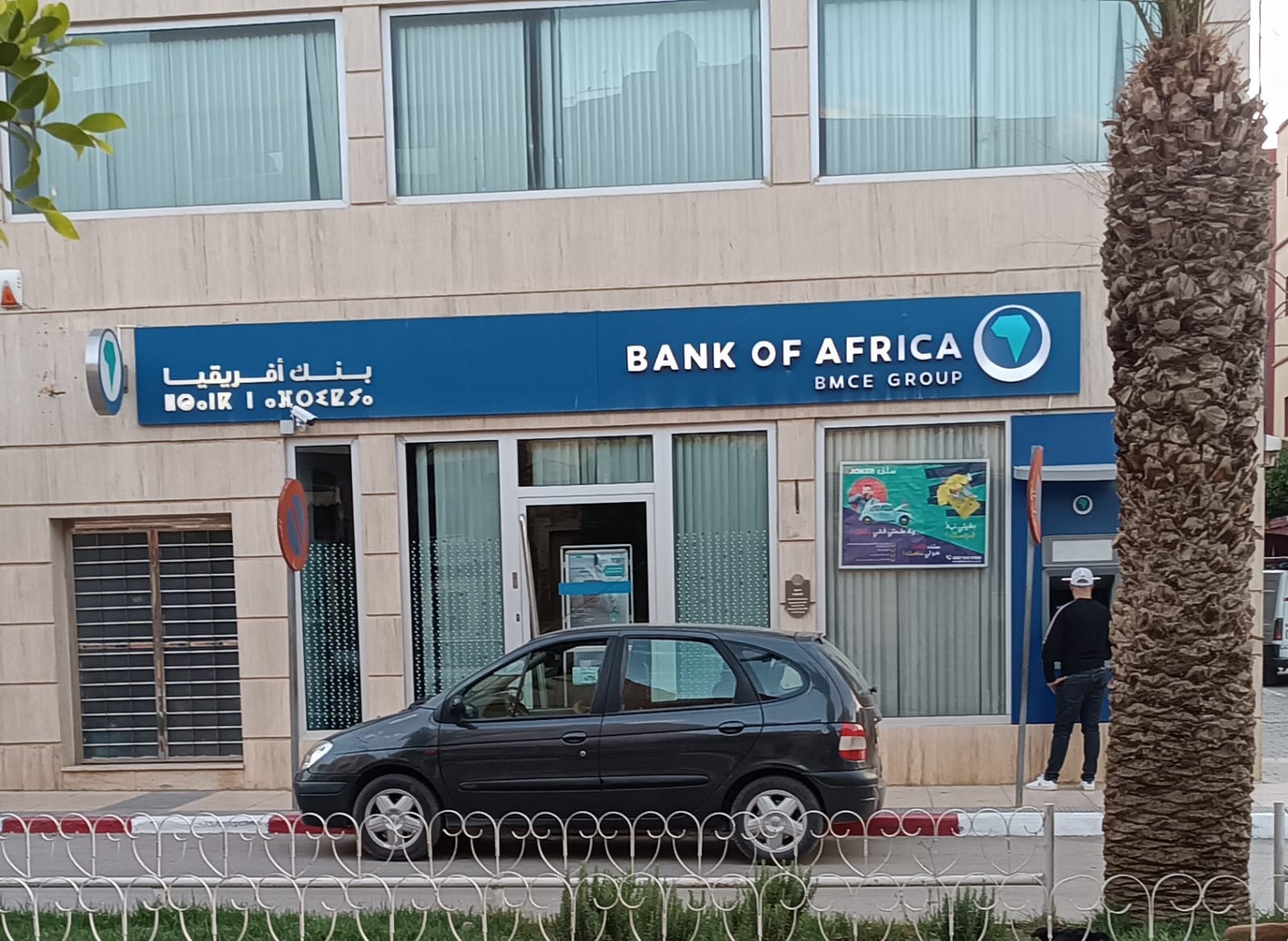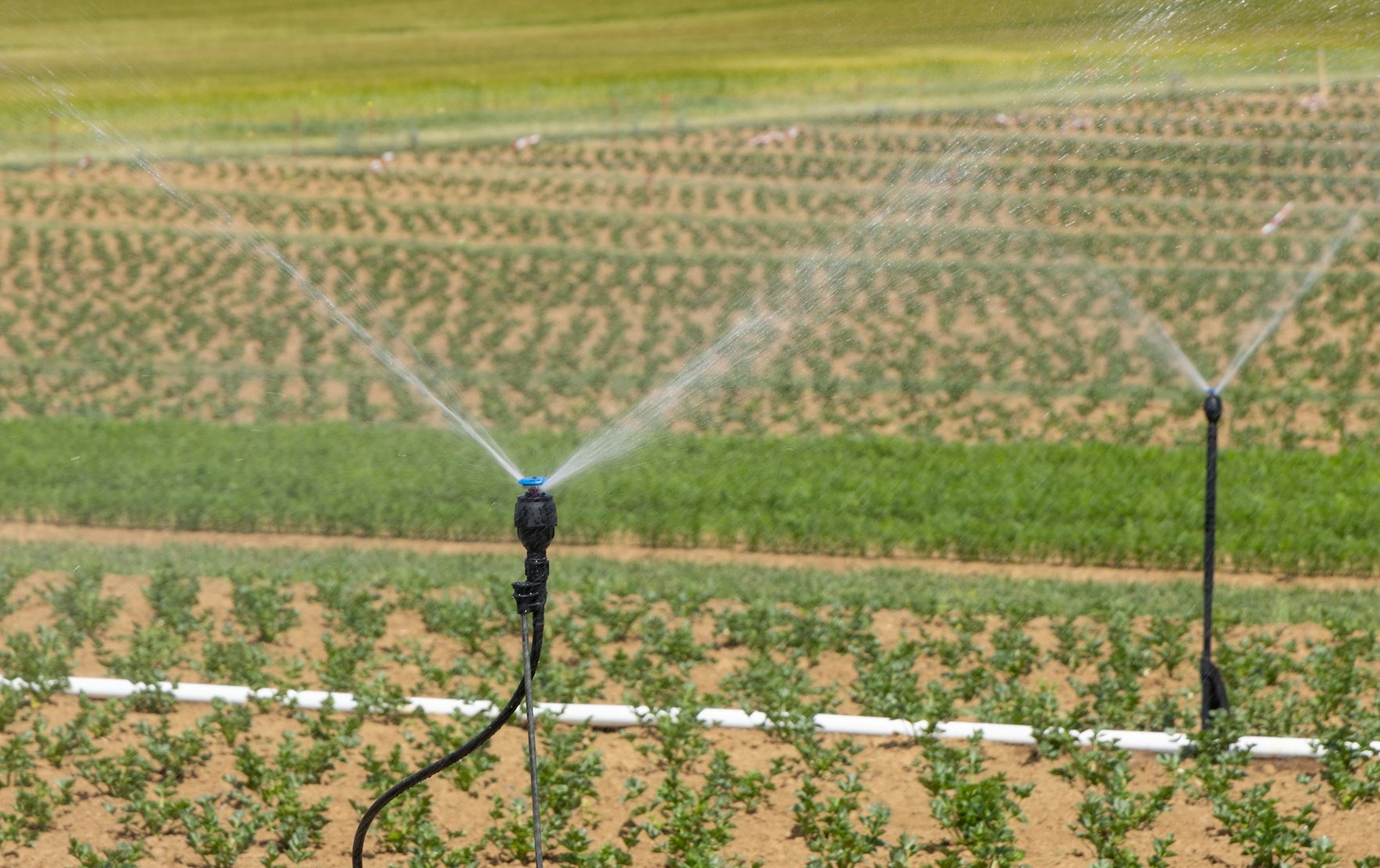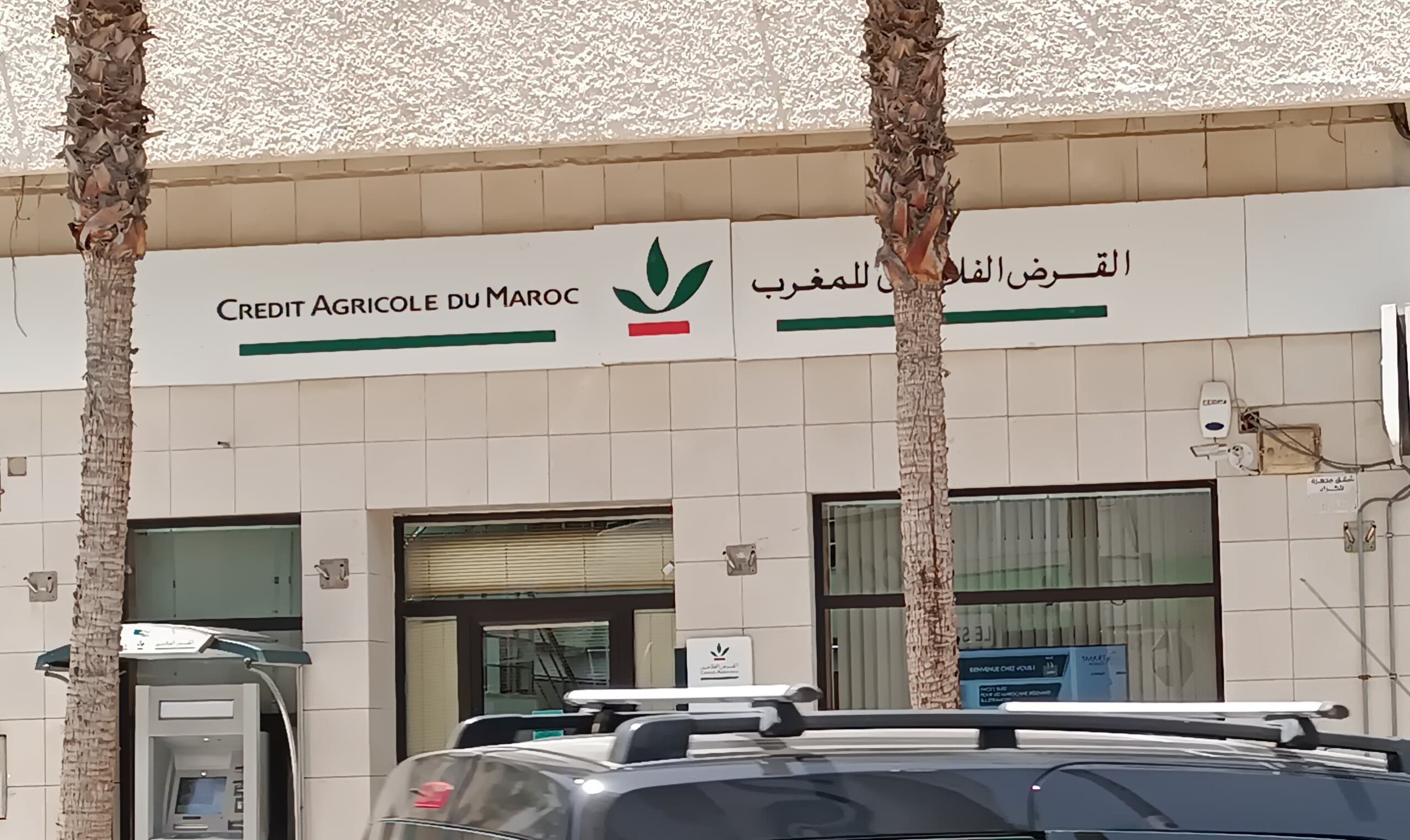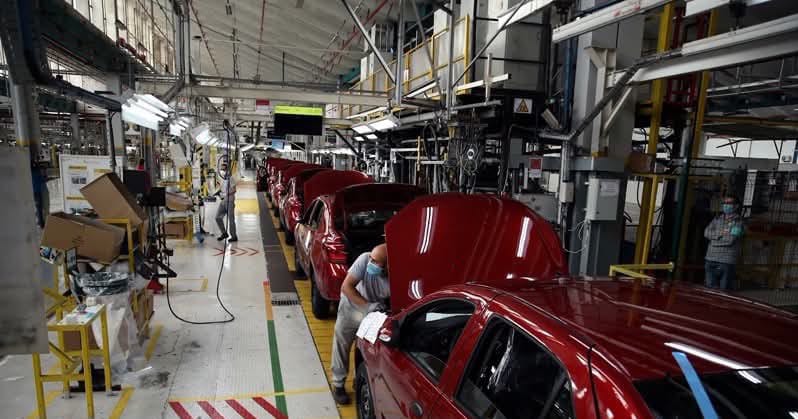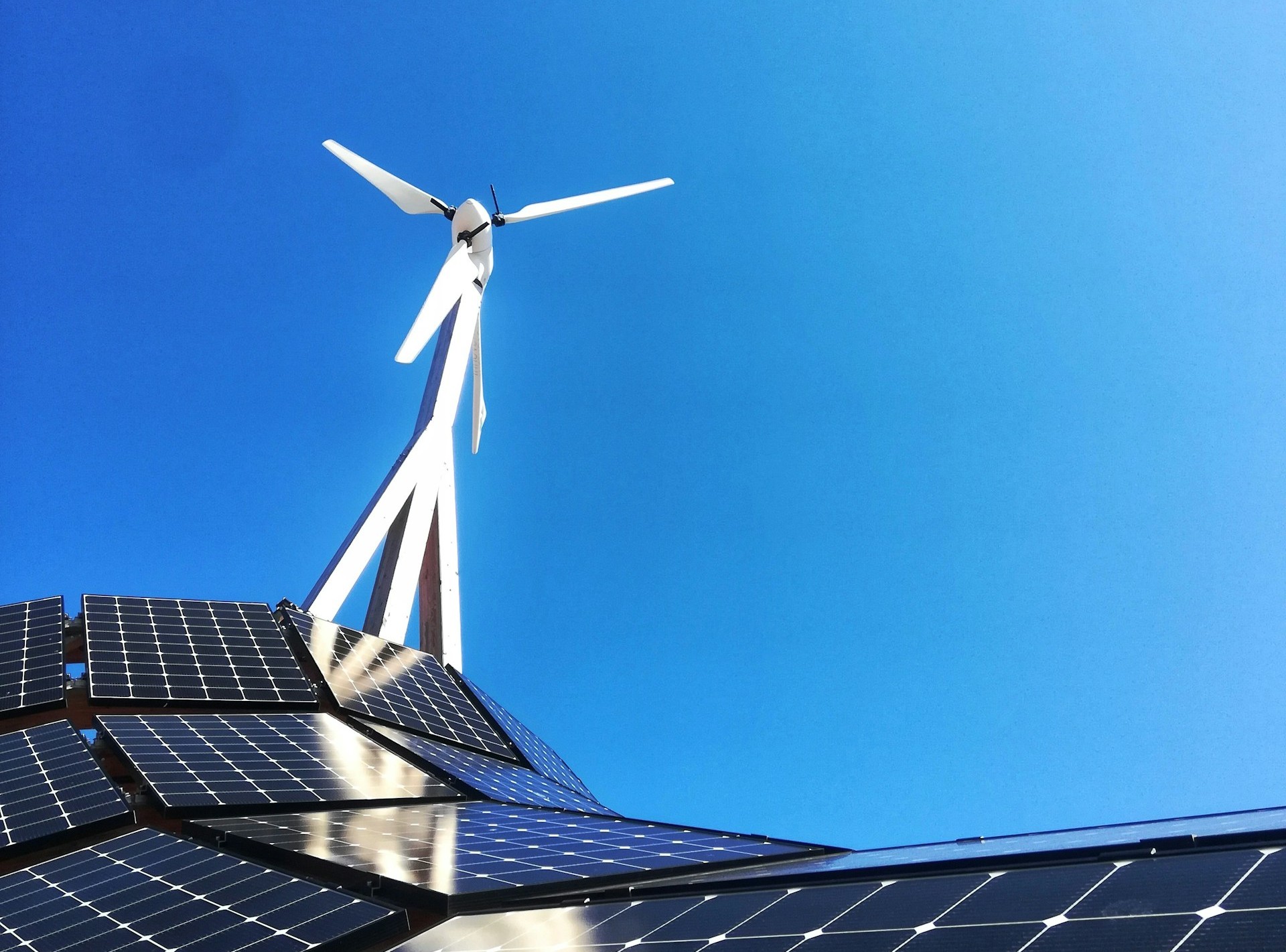Casablanca – Morocco is taking a decisive step toward realizing one of its most ambitious industrial goals — the production of a fully built aircraft within its borders. This development marks a new phase in the country’s industrial transformation, positioning Morocco as a competitive aerospace manufacturing hub in Africa and beyond.
According to Minister of Industry and Trade Ryad Mezzour, Morocco has already achieved significant milestones in localizing complex aerospace manufacturing processes. In his presentation of the 2026 draft budget before the House of Representatives, Mezzour noted that some of the most intricate aircraft components, including key engine parts, are now being produced domestically. These advances, he explained, represent the foundation for Morocco’s long-term vision of assembling its first complete aircraft in the near future.
Strong export growth
The minister revealed that Morocco’s aerospace exports reached $2.58 billion in 2024 and $2.16 billion during the first nine months of 2025. This performance underscores the resilience and competitiveness of the country’s aviation ecosystem, which has continued to expand despite global economic pressures and supply chain challenges. By the end of 2025, exports are expected to exceed previous records, driven by increasing foreign investment and deeper integration with international manufacturers.
A major driver of this growth is the country’s success in attracting global aerospace leaders. Morocco’s industrial platforms in Nouaceur and Casablanca now host more than 140 aerospace companies, including major international groups such as Safran, Boeing, Airbus, and Collins Aerospace. These firms contribute to a high level of specialization in areas such as aerostructures, electrical systems, and precision mechanics — making Morocco one of the top aerospace suppliers in Africa and a strategic partner in global aviation value chains.
Engine manufacturing: A strategic leap
Among recent developments, the most significant is the launch of a new Safran Group industrial complex in Nouaceur, officially inaugurated under the supervision of King Mohammed VI in October 2025. The complex includes a state-of-the-art plant for assembling and testing aircraft engines, along with another facility dedicated to maintaining and repairing the latest generation of LEAP engines, which power modern commercial aircraft such as the Boeing 737 MAX and Airbus A320neo.
Minister Mezzour described this investment as a “game changer” for Morocco’s industrial capabilities. The country’s production capacity is expected to reach 350 engines per year, each valued at $14 million on international markets. Once fully operational, these facilities could double Morocco’s aerospace export revenues to about $5.15 billion annually.
He further explained that producing a single high-performance aircraft engine can generate revenues of approximately $3.6 billion, even before accounting for the positive ripple effects across Morocco’s wider industrial ecosystem. The introduction of this technology is expected to stimulate new opportunities for local suppliers, engineering firms, and research institutions, reinforcing Morocco’s role as a manufacturing hub that combines cost efficiency with technical precision.
Building a competitive aerospace ecosystem
Morocco’s growing role in global aviation is the result of two decades of strategic industrial policy. Since the early 2000s, the government has invested heavily in industrial zones, logistics infrastructure, and workforce training. The country’s Aerospace Ecosystem Strategy, launched as part of the Industrial Acceleration Plan, has focused on integrating local small and medium enterprises (SMEs) into global supply chains while encouraging technology transfer from multinational partners.
The establishment of the Institut des Métiers de l’Aéronautique (IMA) — a specialized training center in Casablanca — has been instrumental in supplying the industry with skilled technicians and engineers. Today, more than 20,000 professionals are employed in Morocco’s aerospace sector, a figure expected to grow as new facilities come online.
Economic significance and broader industrial impact
The aerospace industry has become one of the pillars of Morocco’s export economy, alongside automotive manufacturing, phosphates, and textiles. It not only generates high-value exports but also drives technological innovation across other industrial sectors.
In 2025, Morocco’s overall industrial turnover reached $92.8 billion, an increase of 9% from the previous year. Industrial exports totaled $41.2 billion, while the sector’s added value rose to $24.7 billion, reflecting stronger performance in advanced manufacturing. Investments in industry amounted to $9.3 billion, creating more than 1.04 million jobs, up 4.3% year-on-year.
The government views aerospace as a strategic priority for achieving sustainable economic diversification. As Mezzour emphasized, the continued expansion of this high-tech industry strengthens investor confidence, enhances Morocco’s technological sovereignty, and opens the way for new forms of industrial cooperation — particularly with Europe and North America.
A vision for the future
With growing international recognition and a robust supply base, Morocco is moving steadily toward a symbolic milestone: the assembly of the first fully Moroccan aircraft. While that goal may still require several years of coordinated development, the country’s industrial progress suggests it is within reach.
The convergence of global partnerships, advanced manufacturing investments, and skilled human capital has positioned Morocco not only as a regional leader but as an emerging force in global aerospace production. As Mezzour put it, “Each new engine, each new component produced in Morocco brings us one step closer to turning the dream of a Moroccan airplane into a tangible reality.”






